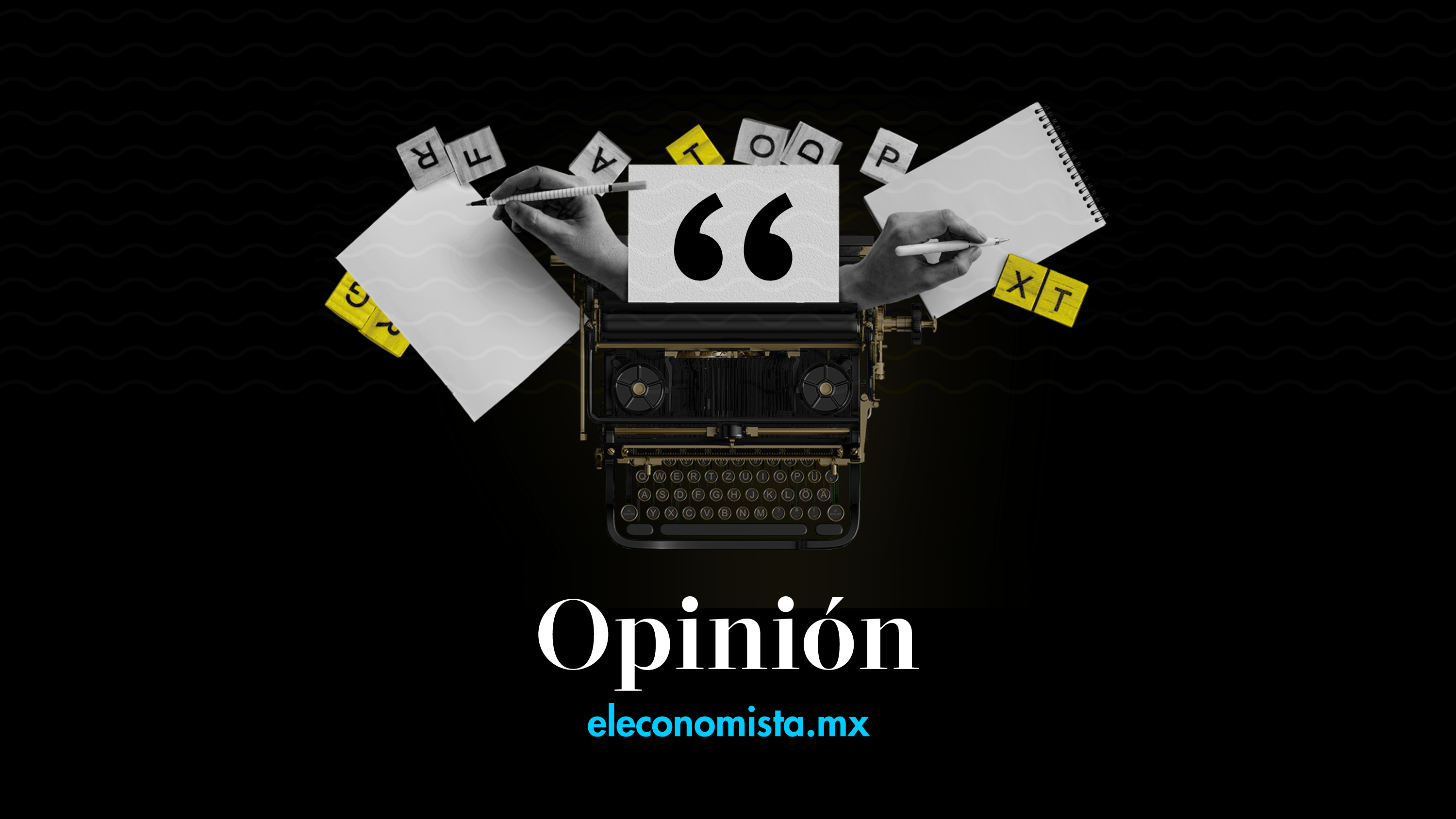A very rough semester is coming for the American consumer, we must see it reflected in the consumption numbers and possibly even in the generation of jobs
Market movements since last Friday have been violent. There is a substantial change in the idea about the future of inflation and there was also a sudden turn in the idea of what the Fed would do in the coming months, which was confirmed yesterday. Concentrate your focus on the sharp slowdown, there are already many signs that it is underway and, in a short period of time, it could cause a change in perspective.
Investors have come to realize that expectations of inflation that could start to decline as early as the summer and of the Fed handling a moderate hit to growth (the soft landing we talked about) are unrealistic. The transitoriness of inflation was totally buried.
The May inflation figure in the United States was very bad. Not only because the general data (8.6% annual) exceeded expectations; but because the signs inside are very worrying.
For those who point to increases in energy and grains as the common suspects, surprises come from elsewhere. I’ll give you an example: the inflation of room services (shelter), which are basically rents, reached 5.5% in annual terms. The virtues of core inflation in reassuring markets by excluding volatile energy and food moves have now become the biggest cause for concern. Inflation shows no signs of slowing down quickly, and there are many signs that “bending its back” is going to take a lot more work.
That is why the Fed yesterday spoke forcefully. Raised federal funds rates by 75 basis points to place them in a range between 1.5-1.75%; anticipated that subsequent rate hikes, even of that magnitude, will be necessary. The reduction of assets on its balance sheet that began in May was maintained and it explicitly asserted that the Open Markets Committee is strongly committed to returning inflation to its 2 percent target.
The markets since Friday anticipated this consequence. Long-term interest rates rose in some cases by almost 50 basis points, the stock markets recorded almost double-digit corrections in just a few days, and the dollar appreciated against most currencies.
After the intensity of this week, it will be necessary to raise new expectations on which to build investment decisions. The first thing that comes to mind for everyone is whether inflation will subside at some point or continue to record negative surprises like the one in May. The consensus estimates that inflation within a year should be lower than it is today, although not so far from current levels; This obviously assumes less pressure from the prices of basic goods (a real unknown with a war in between) and it is also assumed that the effects of the current actions of the central banks, which have become aggressive as of today, will be felt.
It seems to me that this second point is where, starting today, monitoring efforts must be concentrated. Once the Fed’s commitment to reduce inflation is declared, rate levels adjusted, we will start to see speculation about the size of the brake.
In recent weeks, with the exception of the May job creation data, most indicators already show worrying signs of lower activity. The regional indices of industrial production have registered decreases since March. We are seeing a decline in the moving average of jobless claims; yesterday posted a negative monthly trade sales growth for May of -0.3% with a marked decline from January data which posted positive 3% growth.
According to the growth estimate processed by the Atlanta Federal Reserve with the data that is being published, the growth of the second quarter already points to be less than 1 percent. Add to that the real estate sector where we see sharp increases in mortgage costs and a sharp decline in sales.
A very rough semester is coming for the American consumer, we must see it reflected in the consumption numbers and possibly even in the generation of jobs; the fall may be more sudden than desired. The probability of a recession should go up, its clearest indicator which is the differential between interest rates at two and ten years indicates it again.
The point is that, if the size of the brake is large, perhaps the frantic inflation estimates for 2023 can be moderated; This may lead to a change of tone in the Fed’s determination to bring down inflation and could ease some of the nerves in debt markets. Of course, in the short term, there is not much hope with this new scenario for the stock markets to recover, even more so we should be attentive to additional adjustments.
*Rodolfo Campuzano Meza is CEO of Invex Operadora de Sociedades de Inversión.
Twitter: @invexbanco












